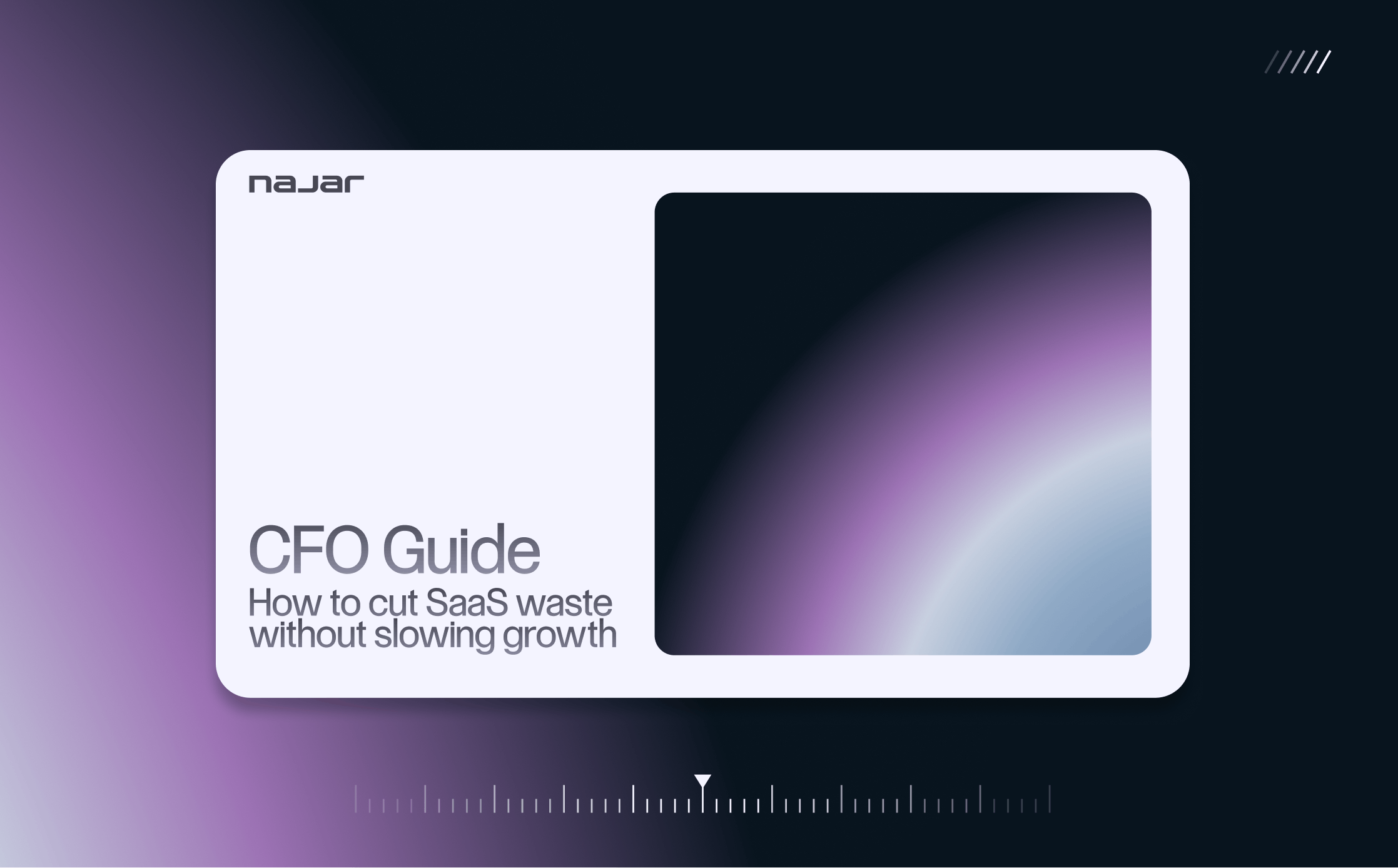How to get a fair price for your SaaS tools?
You’re probably buying (or giving the approval for) a new SaaS solution for your team every other week. Especially if you’re scaling fast. From transversal tools to department-specific ones, SaaS are blossoming. On average, a mid-market business uses 137 different apps! And there is no sign that the SaaS industry is going to slow down anytime soon.
As you manage more and more softwares, how do you make sure you’re paying the right price for each one? Especially if the number of buyers in your company is expanding. From 12 in 2019, there are now 21 people involved in buying SaaS solutions on average in a mid-market company. Most of the time, they don’t have a buyer background. And they haven’t received any specific training for contract negotiation either.
In this context, how do you ensure you’re getting the best deal for each SaaS? You can start by keeping reading. ;-)
The SaaS opacity: complex price grids and hidden fees
Let’s take a look at the most common situation. Why is it so complicated to know if you’re paying the right price for your SaaS solutions? It is a combination of several elements:
- On the vendors’ side:
- First on the list, a lot of vendors still do not display their fees on their website. They need you to fill in a form. Then, you have to wait for a salesperson to contact you. You might have waited for nothing if the price range is out of your budget.
- Even when SaaS providers publish their price grid, they often lack clarity. It’s hard to understand the fees you’ll have to pay depending on your company’s size and usage. Comparing SaaS solutions is a headache.
- Some other costs are often missing. Let’s call them hidden fees. Set-up costs, customer support fees… There can be a huge difference between your estimation and the final rate.
- On your company’s side:
- If your company looks like most mid-sized companies, you do not have professional buyers. The person making the buy might be the end user or the department head. None of them have received any training in the area. They do not know the SaaS market. They do not have the expertise or the time. They cannot check if the price is fair or not.
- There is a gap in information. There is always room for negotiation when discussing a SaaS contract. Even if you know it, you do not know how far you can get. You do not have any insights on the price similar companies are paying.
That’s the situation most mid-sized companies are in when entering a SaaS negotiation. The only way to know if you’re paying a good price is to ask around. Direct network, Slack groups, Whatsapps… You can discuss with peers the fees vendors charge them with, to get a general idea of the market. It will give you a partial benchmark, but it’s a time-consuming process (and you haven’t started the negotiation part yet!).
Negotiating your SaaS contract: 3 tips you need to know
You’re not (or your team) an expert in SaaS buying. Do not worry: there are some techniques you can use to drive the price down. Negotiation is an integral part of the SaaS buying process. Most of the time, SaaS providers expect it. Take advantage of it!
We’ll share 3 tips in a minute. But if you had to keep only one takeaway from this article, let it be: prepare your negotiation, be ready! Seems obvious? The number of teams who aren’t would surprise you. Most of them do not prepare their negotiation. They dive head first into a price discussion without knowing what to ask for. The person winning the negotiation is always the most prepared one, remember that. Now that it’s settled, here are 3 useful tips for a good SaaS negotiation:
- Start early. You cannot start your buying process and expect an immediate set-up and activation. SaaS buying takes time. You have many rounds of negotiations awaiting. Remember that the legal due diligence can take a good chunk of time. The good practice is to begin your purchasing approach 2 or 3 months in advance. If you have time on your side, you have the upper hand in the negotiation.
- Scope the right-sized providers. A general rule of thumb: do not always go for the biggest company. If you are a scale-up or a mid-sized company, a SaaS vendor looking like you (20-50 employees) is often the best choice. They have the financial and HR backbone to be reactive to your questions and your needs. But they are still flexible. And you get more negotiating power, on the price, the contract and the product roadmap.
- Negotiate on the downside too. Negotiations are not always about adding things. It can be suppressing some features or services to bring the price down. For example, some training or integration costs.
These tips are only a preview of the techniques used by the best SaaS buyers. If you want to become a negotiation expert, read about the advice from 20+ specialists.
Enter the age of SaaS procurement: take data-driven decisions
Let’s be realistic. While the tips we shared are effective, your SaaS negotiations will still take time. It is a distraction from the core mission of the person making the purchasing decision. You could try a different approach: SaaS procurement. What’s in it for you? An access to a full benchmark, an outsourced negotiation process and the certainty of paying the best price for your SaaS tools.
How does it work with Najar? We help you streamline your SaaS buying process.
- You detect a SaaS need in your team and contact us.
- We name a dedicated buyer from our team, who will be your budget owner ally. Together, they discuss the requirements for the SaaS buy (including legal and IT).
- Your buyer sources and pre-validates the best solutions matching your needs.
- Your budget owner attends the demos and chooses the frontrunners.
- The buyer receives the providers’ offers and negotiates for you.
- The budget owner receives the best proposal and signs the contract.
- Your dedicated buyer follows up over time and reminds you about the renewal deadlines. You’re not reconducting SaaS licenses if you don’t need to.
It’s that simple! Our mission is to help you regain control over your SaaS spend. According to our benchmark, high-growth companies go from an annual SaaS cost per employee of €3,700/year to €5,900+/year when growing from 100 to 1500 people on average.
Making sure you pay the right amount for each tool is the first step to make your balance sheet go down. With the money you saved, you can make investments into your product and your customers. We also provide a service of inventory: the usage and costs of all your company’s SaaS licenses. We detect additional savings opportunities (inactive users, redundancies, etc).
Want to know more? Contact us to get a demo or to get a free audit of your current SaaS stack to estimate your potential savings.



